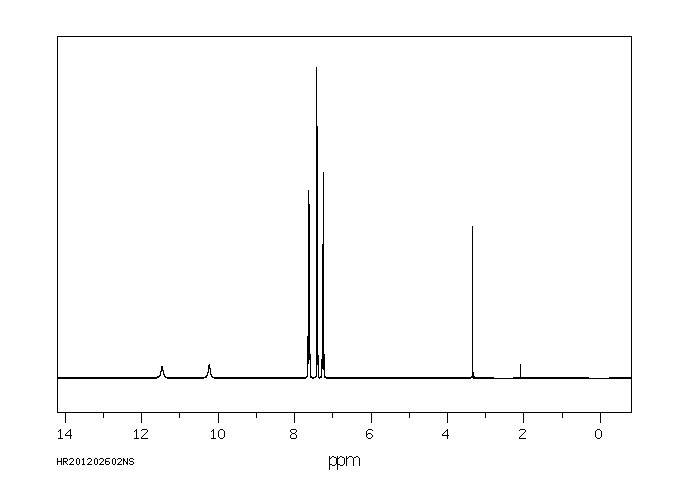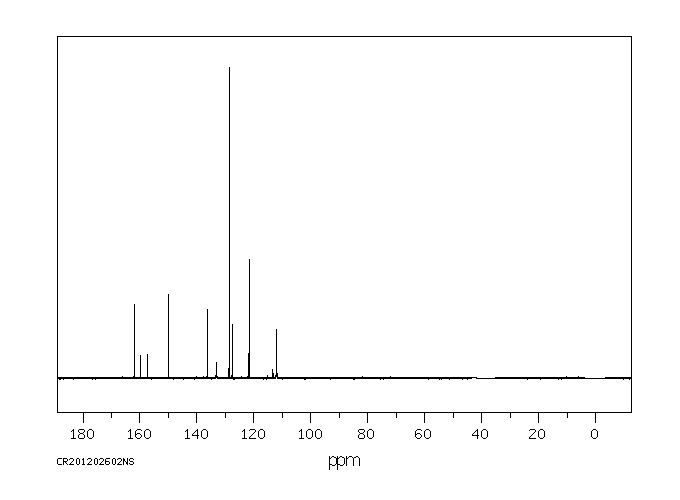代谢
埃及棉铃虫对苯甲酰苯基脲类杀虫剂(包括二氟苯脲和三氟苯脲)的解毒机制进行了研究,包括这些杀虫剂在活体内外对水解酶的穿透、降解和抑制速率。研究结果与这些化合物的毒性联系起来。三氟苯脲对埃及棉铃虫第四龄幼虫的毒性比二氟苯脲高10倍。丙氟磷和S,S,S-三丁基硫代磷酸酯对二氟苯脲和三氟苯脲都有增效作用,这表明埃及棉铃虫的主要解毒途径是通过水解。胡椒基丁氧基化合物的有限增效作用表明,混合功能氧化酶在苯甲酰苯基脲的解毒中只起到了相对较小的作用。在埃及棉铃虫中,二氟苯脲的代谢速度比三氟苯脲快:根据幼虫体内母体化合物的相对量,提取出的放射性碳大约有58%是不变的二氟苯脲,而二氟苯脲只有38%。在排泄物中,未变化的三氟苯脲比代谢物排泄得慢(42%以母体化合物形式回收),而二氟苯脲中79%的总提取物以母体化合物形式存在。用亚致死剂量的丙氟磷预处理第四龄幼虫,显著降低了代谢,二氟苯脲比三氟苯脲更明显。在活体内,二氟苯脲代谢抑制与毒性之间存在正相关关系。在体外实验中,所有组织提取物对二氟苯脲的水解速度都比三氟苯脲快。丙氟磷在体外抑制二氟苯脲的水解比三氟苯脲更有效,这由较低的I50值和更陡峭的斜率表明。结果表明,减少穿透和快速消除未变化的(14)C-二氟苯脲以及主要通过水解的快速代谢,是埃及棉铃虫对二氟苯脲解毒的防御机制。
The mechanisms of detoxification of the benzoylphenylureas, diflubenzuron, and teflubenzuron in the Egyptian cotton leafworm, Spodoptera littoralis, were examined, as were rates of penetration, degradation, and inhibition of benzoyphenylureas hydrolase(s) both in vivo and in vitro. The results were considered in connection with the toxicity of these compounds. Teflubenzuron was 10 times more toxic than diflubenzuron to fourth instar larvae of spodoptera littoralis. Profenofos and S,S,S-tributylphosphorotrithioate synergized both diflubenzuron and teflubenzuron, indicating that the major route of detoxification in spodoptera littoralis was through hydrolysis. Limited synergism by piperonly butoxide indicated that mixed function oxidase enzymes play a relatively small role in benzoyphenylureas detoxification. ... In Spodoptera littoralis, diflubenzuron was metabolized more rapidly than teflubenzuron: based on the relative amount of parent compound present in the larval body, about 58% of extracted radiocarbon was unchanged teflubenzuron compared to only 38% diflubenzuron. In the excreta, unchanged teflubenzuron was excreted more slowly than the metabolites (42% recovered as parent compound), compared to diflubenzuron in which 79% of the total extract was present as parent compound. Pretreatment of the fourth instar with sublethal doses of profenofos resulted in a significant decrease in metabolism, more so with diflubenzuron than with teflubenzuron. A positive correlation was found between in vivo diflubenzuron metabolism inhibition and toxicity. In in vitro assays, diflubenzuron was hydrolyzed more rapidly than teflubenzuron by all tissue extracts. Profenofos was more effective in inhibiting the hydrolysis in vitro of diflubenzuron compared to teflubenzuron, as indicated by a lower I50 value and steeper slope. /The/ results indicate that reduced penetration and fast elimination of unchanged (14)(C)diflubenzuron together with rapid metabolism, which occurs mainly through hydrolysis, are defense mechanisms which contribute to diflubenzuron detoxification in spodoptera littoralis.
来源:Hazardous Substances Data Bank (HSDB)










